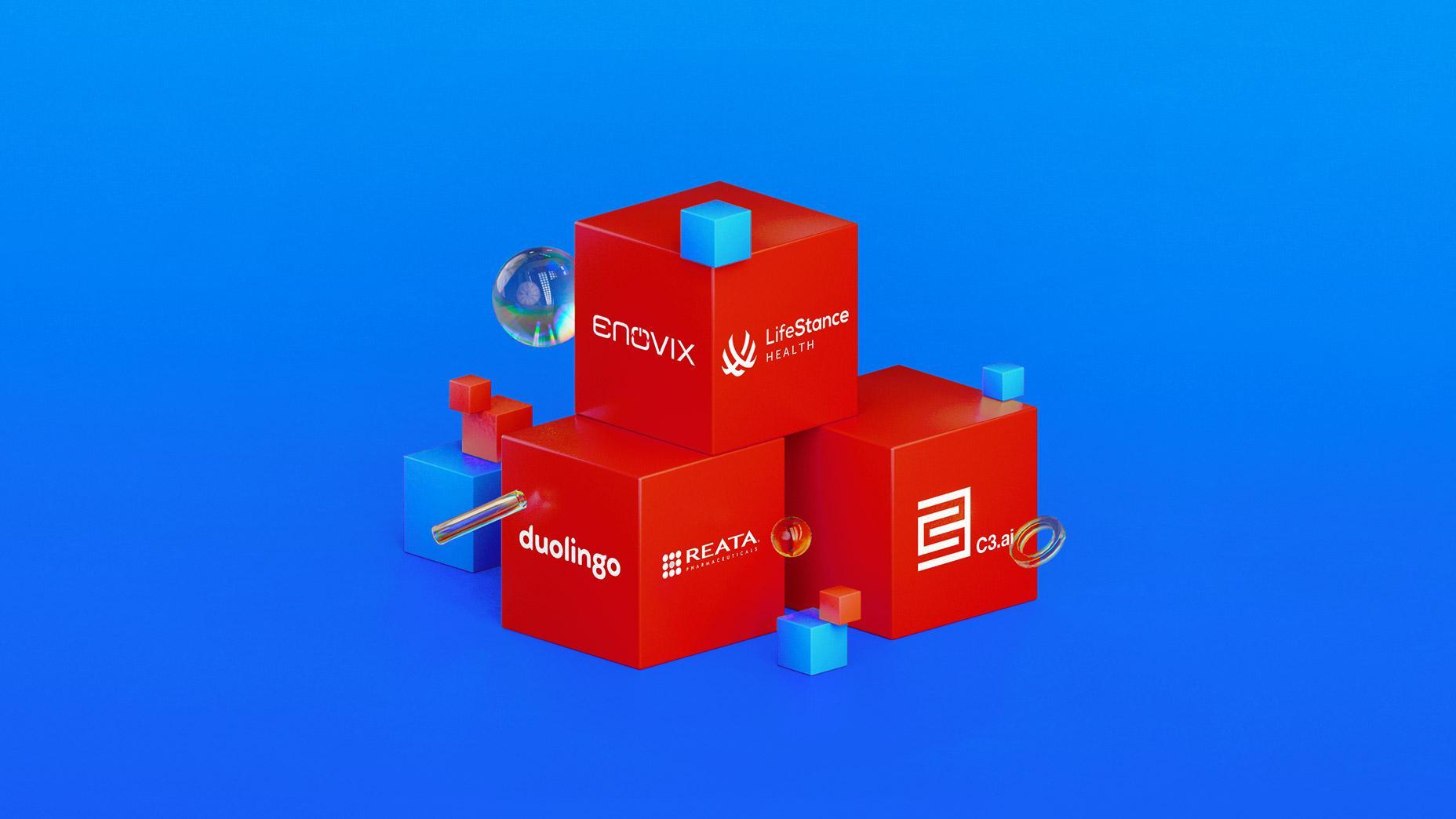Mastering the Use of the Current Ratio Multiplier in Analyzing Stocks
7 minutes for reading

The Current Ratio (or Liquidity Ratio) multiplier measures a company's ability to pay short-term obligations or those due within one year with its current assets. The ratio is calculated as the current assets / current liabilities for a specific time period.
Investors, companies' top management, and analysts use the Current Ratio to both assess the investment attraction of an organisation and gain a practical understanding of whether a company can satisfy its current debts and other payables.
When a company's activities result in fewer funds on its balance sheet than what is required to fulfil the financial obligations towards creditors or suppliers, then the current liquidity implies that debt compliance is not possible.
If the situation is reversed, with a company having more money on its balance sheet than necessary for paying its debts and liabilities, its profit significantly decreases because this means the company is keeping the funds in its accounts instead of realising what is earned. In a perfect world, the current liquidity of a company should be balanced.
Calculating the Current Ratio
Similar to all other multipliers, the Current Ratio for public companies can be found on the Internet, so there is no need to calculate it manually. Simply specify a required value in the stock screener and get the results of your search.
An example from the popular resource, finviz.com:
For illustrative purposes, let's take a look at the Current Ratio calculation formula:
Current Ratio = current assets / current liabilities
- Current assets are the funds involved in a company's operations and activities that are liquidated during the year (12 months). An increase in the assets ratio contributes to a company's capital turnover. A sudden increase in operating assets may be caused by ineffective activities of a company and lead to, for example, a surplus of products in stock. According to another term, current assets are just short-term assets because of their quick usage
- Current liabilities are a company's total liabilities to be liquidated within 12 months, only using current assets
The result of this operation (current assets / current liabilities) is the Current Ratio, i.e. the ratio considers the weight of total current assets versus total current liabilities.
Current Ratio values
Let's discuss possible values the Current Ratio might have.
- A Current Ratio of less than one (1) tells investors that a company has little capital to meet short-term liabilities.
- A Current Ratio equal to one (1) or higher means that a company is financially reliable in the short term thanks to its accumulated funds.
The best value is from 1.6 to 2. Nevertheless, these Current Ratio values neither mean that a company is financially reliable in the long term nor provide a complete picture of its short-term liquidity. This is owing to the constant change in the data, which means that the Current Ratio only indicates the actual situation of a company.
Applying the Current Ratio in practice
Applying the Current Ratio in practice is a straightforward exercise. Simply choose a company's sector and enter your required values.
The ratio value is chosen based on your preferences and interests. Considering all that was said above, the best value for mid-term investments is from 1.5 to 2. Thanks to the filter in the screener, you will have a choice of several companies that might be considered for investing in.
In this case, you should remember that the Current Ratio is not a single criterion for choosing investment instruments. Considering all pros and cons, this ratio should be used in combination with other multipliers to get a complete picture of a company's financial attraction.
Selecting stocks with the use of the Current Ratio
To select stocks using the Current Ratio, you need to do the following:
1. n a screener, choose a sector, for example, Technology. Leave "Any" in the "Industry" field – so you will have more investment options to choose from.
At the time of writing this, a screener offered 729 stocks. Let's add more multipliers to reduce the number of stocks and make it easier to choose.
2. Set the Current Ratio value at "Over 1.5". As we can see, the number of stocks dropped to 528.
3. Add the following ratios as additional filters:
- P/E – under 10
- P/S – under 2
- P/B – under 2
- PEG – under 2
The above-mentioned values are just examples and may be changed by investors. A screener showed that the best company with these parameters is WYY, Wide Point Corporation.
Advantages and disadvantages of the Current Ratio
Amongst the advantages and disadvantages of the Current Ratio, we would name the following:
Advantages:
- Easy to calculate – all numbers and readings can be obtained from reports published by the companies themselves.
- A precise numerical value is given, which shows the real capabilities of companies at the given moment without any misinformation.
- Shows the short-term financial reliability of a company and its capability to settle liabilities within 12 months.
Disadvantages:
- The Current Ratio uses all available assets, including the ones that are difficult to convert into money.
- It only enables us to compare companies within the same sector.
- It does not allow us to calculate the long-term dynamics of a company's growth.
Closing thoughts
Just like many other multipliers, the Current Ratio can be used to compare companies from the same sector and make up their financial statements based on general principles. For optimal results, the Current Ratio should be used with other multipliers.
Sometimes, when you specify some particular parameters of multipliers, a screener may not lead to any result. In this case, you should change the values or use fewer parameters. As a result of a comprehensive selection of stocks using the ratio, the system will offer you variants for mid-term investments.
Категории
Последние публикации
Discover How Warren Buffett Adjusted His Investment Holdings in the Second Quarter: New Additions and Complete Sell-Offs
The Public Offering of Justworks, Inc.: A Deep Dive into its Innovative Cloud-Based Accounting Management Platform and its Investment Appeal on 12 Jan...
Delve into the Forces Shaping the Gaming Industry: Insights on Engine Gaming, SciPlay, Sea, Roblox, and Electronic Arts.
Peloton Unveils Business Overhaul with Leadership Change and Cost-Cutting Strategy: Targeting Growth or Setting the Stage for Acquisition?
Weekly News Roundup: Salesforce, Okta, Chewy, and Crowdstrike Release Quarterly Results; Microsoft Reduces Quarterly Forecast - How Did Their Stocks R...






